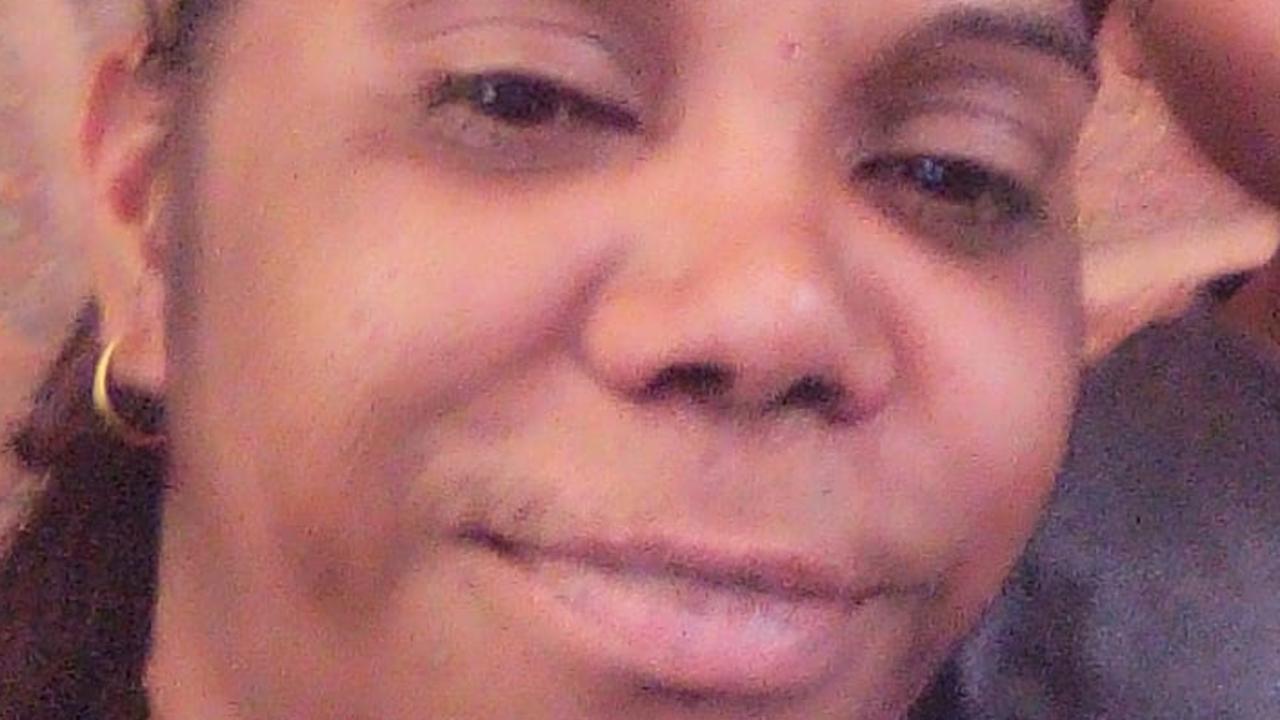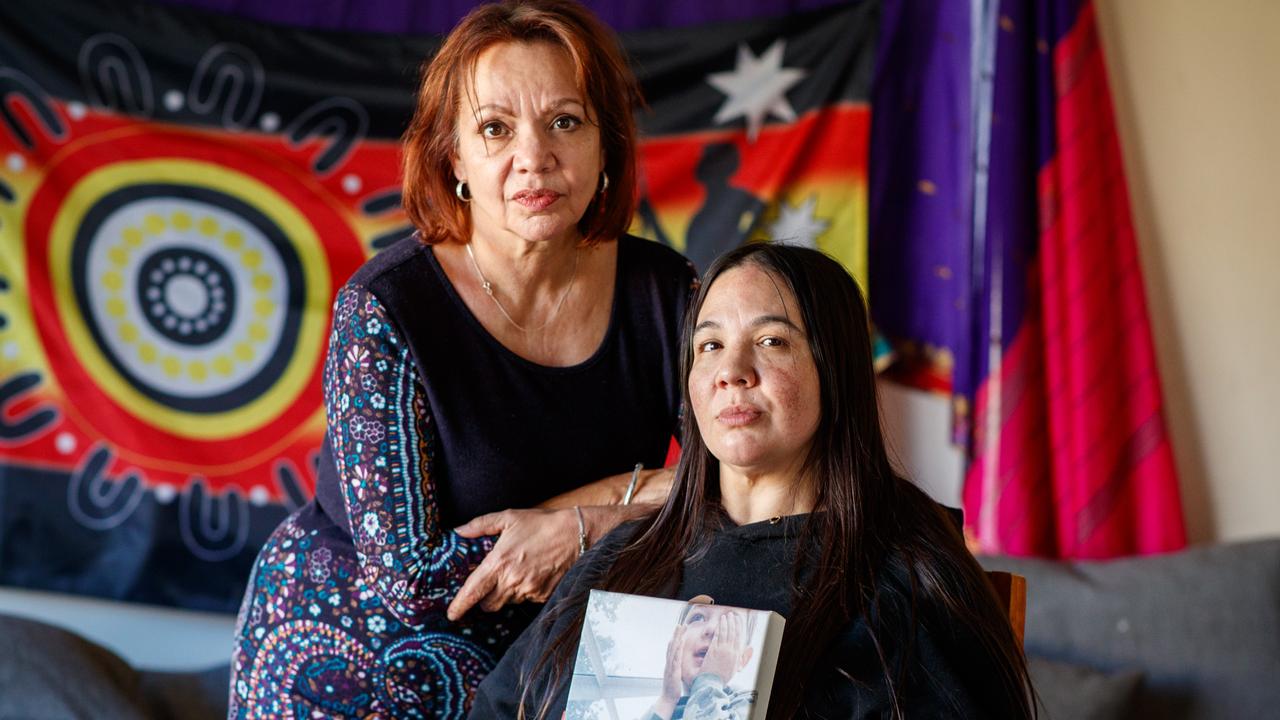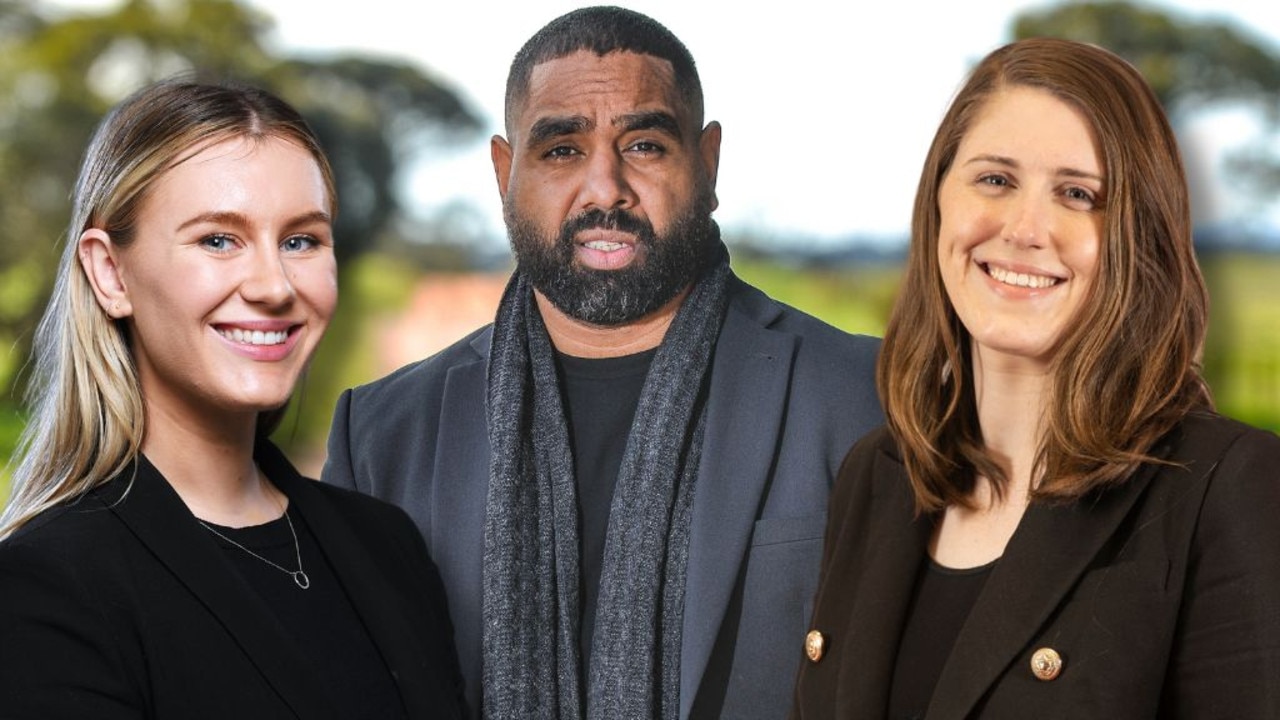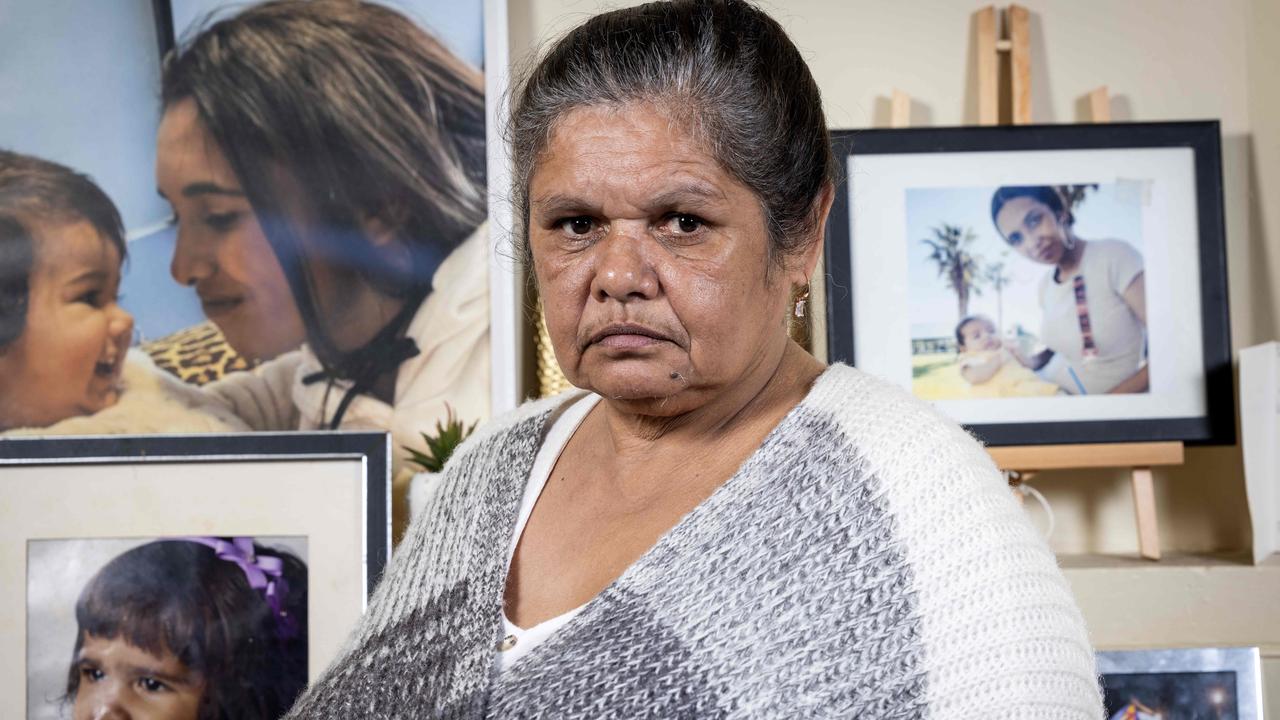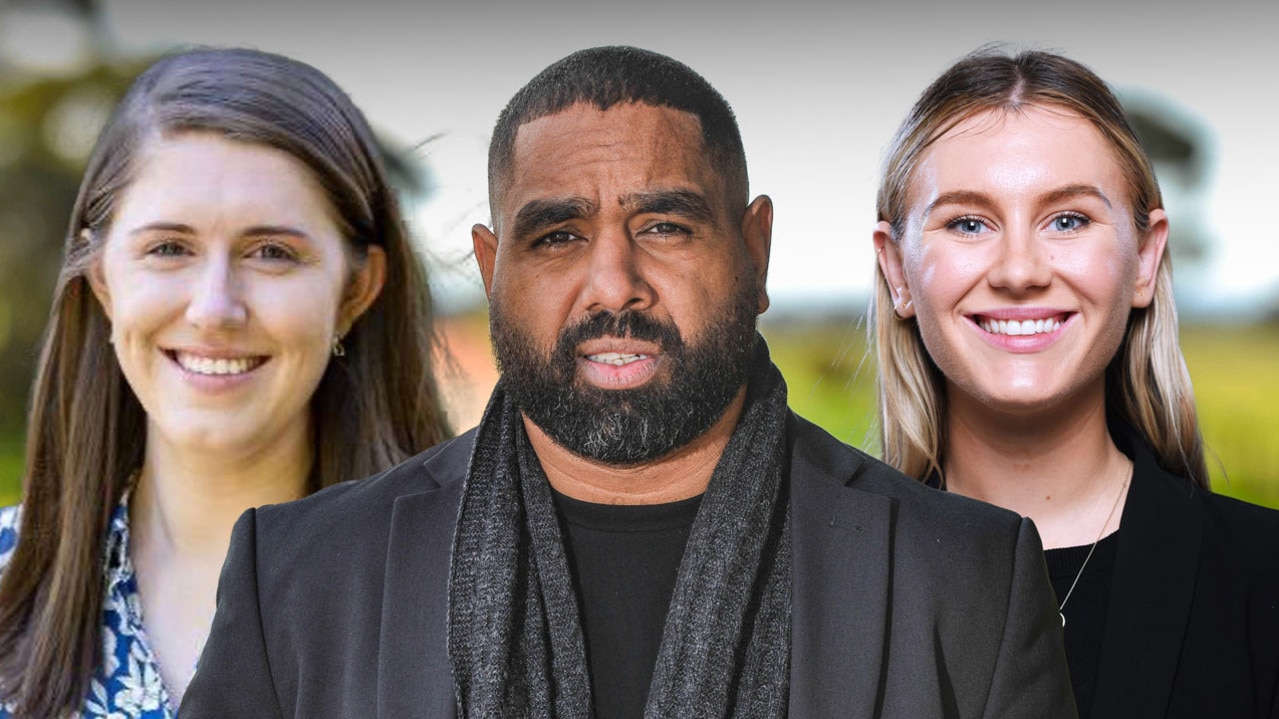Dying Rose: Who is Rose Hunter-Hebberman and how did she die?
Bright, bubbly and fiercely independent – until she was found dead in a backyard shed. Who was Rose and why has she grabbed the nation’s attention?
Dying Rose
Don't miss out on the headlines from Dying Rose. Followed categories will be added to My News.
When 19-year-old Rose Hunter-Hebberman’s death was ruled a suicide by police in December 2019, her mother was left with harrowing unanswered questions over her daughter’s final moments.
Messages found on Rose’s blood-smeared phone, kept by police for nearly three years, revealed a volatile argument between her and the man whose shed she was discovered in.
Rose is one of six Aboriginal women whose cases are being investigated by The Advertiser in Dying Rose, a podcast in which their families ask whether police properly responded to their deaths.
Aboriginal and Torres Strait Islander readers are advised that this story contains images and voices of people who have died.
DYING ROSE: LISTEN TO ROSE’S STORY IN EPISODE 3
PODCAST: Listen to the podcast here, or find it on the Apple Podcasts app
Who is Rose Hunter-Hebberman?
Described by those who knew her as bright, bubbly and fiercely independent, Rose was a passionate supporter of the arts and had just been offered modelling work.
She was also a passionate advocate for mental health. Before her death, Rose was training to do volunteer work with a local mental health organisation as a youth mentor.
Rose, who was also studying at TAFE, had planned to pick up work at the Adelaide Fringe Festival and had previously been involved in Country Arts SA.
In the months before her death, she had become friends with a man named Jared.
She was just 19 years old when she died.


How did she die?
On December 4, 2019, Rose was found dead in the back shed of Jared’s home in Adelaide’s southern suburbs.
Rose’s mother Courtney, a Peramangk and Ngarrindjeri woman, said Rose had been fighting with Jared on the morning of her death.
What did police say?
Police told her that her daughter, Rose Hunter-Hebberman, had taken her own life.
They initially said Rose had been found hanging, but Courtney later learned that Rose’s body was actually slumped on a couch inside the shed.
Rose’s autopsy said that police could not initially pinpoint the exact location where she had been hanging before she fell into a seated position against the couch.
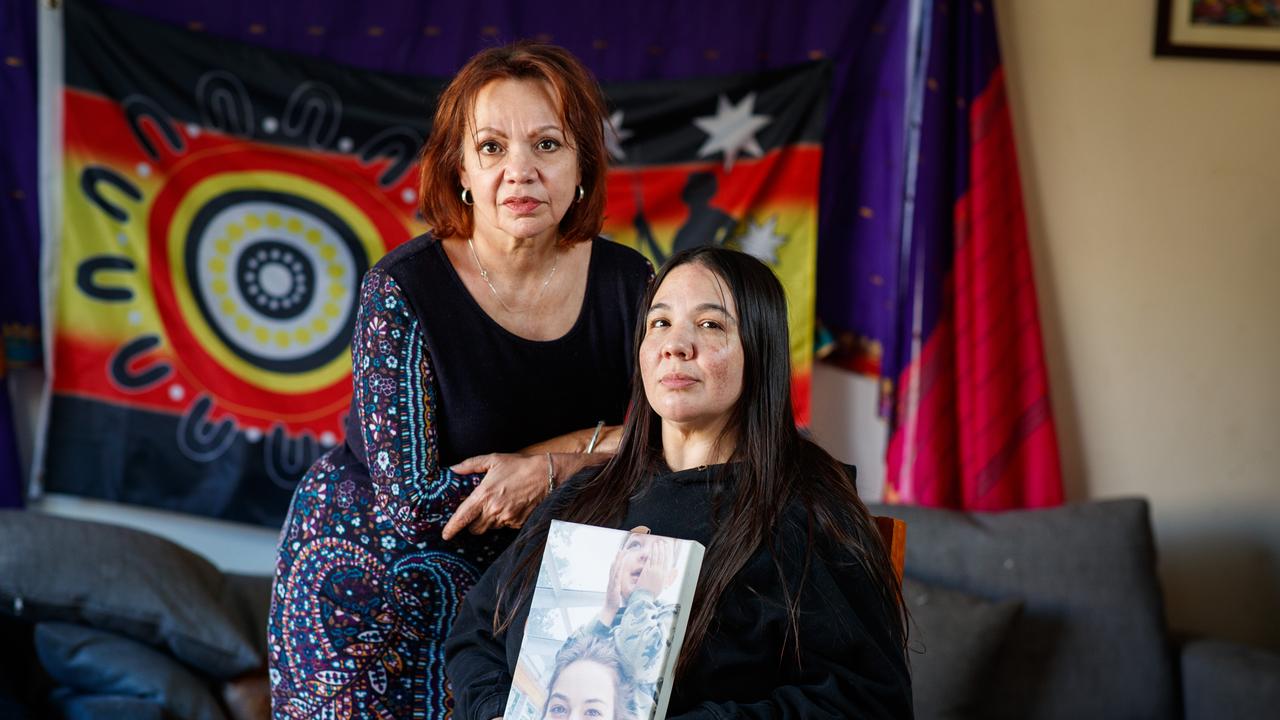
What does her family say?
Courtney said she had been concerned about Rose’s relationship with Jared in the months leading up to her death and was not satisfied with the police investigation into her daughter’s death.
“He owed thousands and thousands of dollars in debt … she had tried to help him essentially get his life together,” she said.
A neighbour who lived at the block of housing trust units where Rose died said she had heard aggressive arguments between the pair.
Courtney said Rose’s mental health had been declining and at times she had walked out of Jared’s home but didn’t want to leave her dog, Phoenix, behind.
She asked police to provide evidence supporting their conclusion that Rose had taken her own life, including CCTV footage of Jared’s whereabouts on the morning she died. An autopsy report on Rose’s death said he was at work.
But she said they never searched for the footage.
Courtney raised concerns that police had not interviewed potential witnesses, including neighbours and Rose’s best friend, Casey, who was living at the house at the time.
How have authorities responded?
SA Police declined to comment on any assertion made by the family and referred inquiries to the coroner.
Police Commissioner Grant Stevens said families were kept updated on the progress of investigations but it was the coroner’s prerogative to conduct an inquest.
The Coroner’s Court refused a request for access to documents related to the case because it was not heard at inquest.
The Advertiser has made multiple attempts to contact Jared but has not received a response. There is no evidence he played a part in Rose’s death, which the autopsy concluded was a suicide.


What has been discovered since?
During The Advertiser’s investigation, Courtney discovered more than 500 text messages and 45 phone calls exchanged between Rose and Jared on the morning of the day she died.
In those, Rose made clear that she intended to harm herself.
At one point, Jared offered to call an ambulance – but stopped responding a short time later. Her final harrowing text messages went unanswered for hours.
READ MORE: Rose’s final messages and Jared’s shocking last words
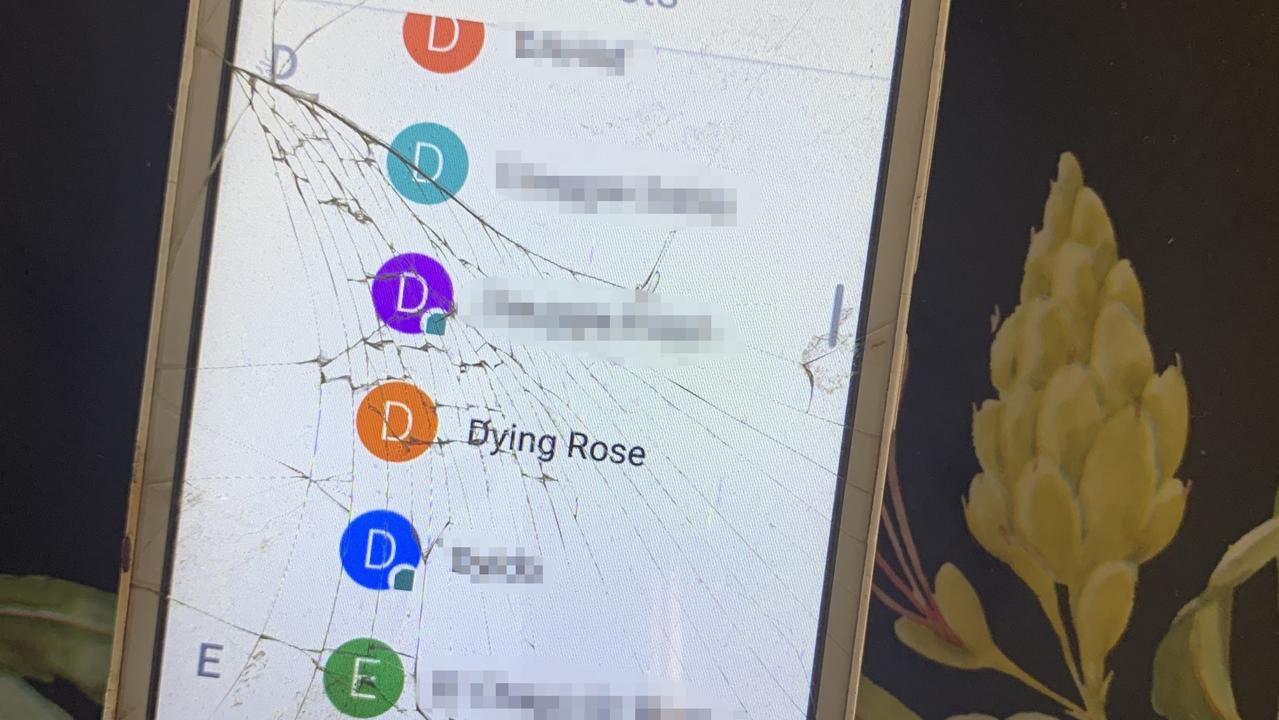
Courtney’s quest for answers led The Advertiser to the stories of five other Aboriginal women across the country – Charlene Warrior, Lasonya Dutton, Lyla Nettle, Shanarra Bright Campbell and Charli Powell – whose deaths told a shockingly similar story.
All of their families had unanswered questions about how their loved ones died or the police response to their deaths.
Courtney believes the issue is systemic and leading to devastating outcomes.
“There will never be any justice for my daughter, but this is happening for everyday Aboriginal families because of the racial bias that exists within the system,” she said.
DYING ROSE PODCAST
Listen to all the episodes here, or find them on the Apple Podcasts app
More Coverage
Originally published as Dying Rose: Who is Rose Hunter-Hebberman and how did she die?




